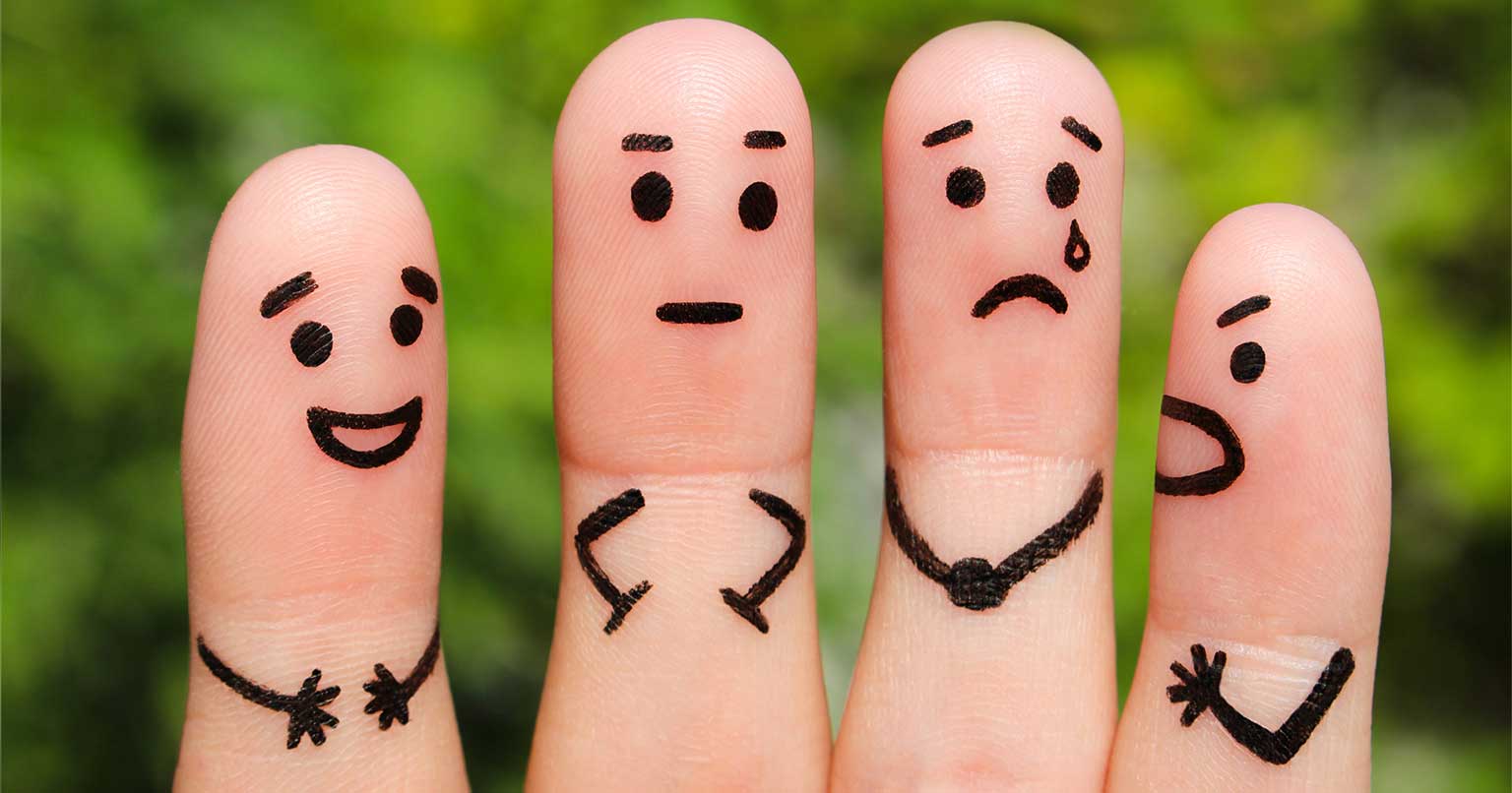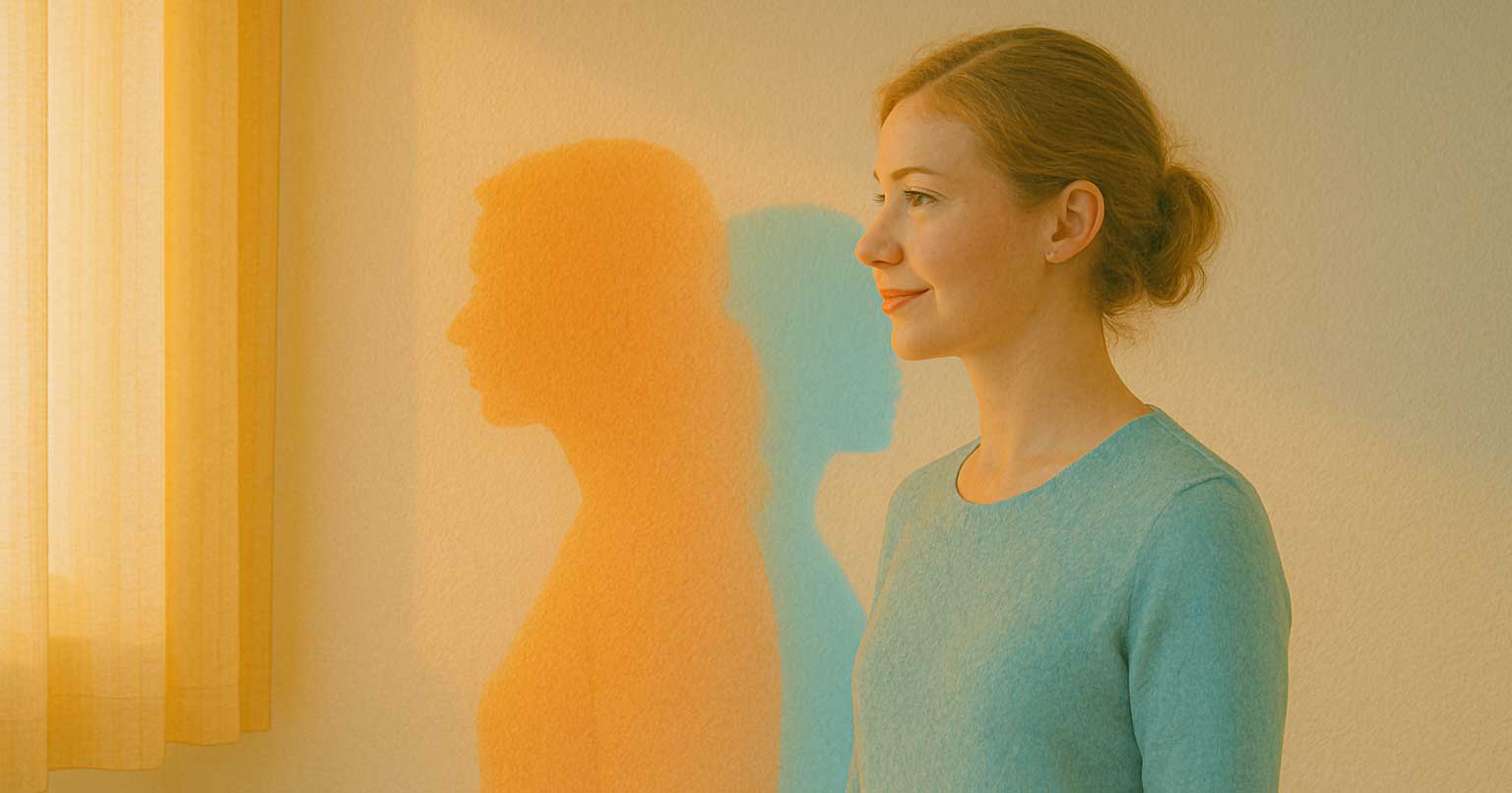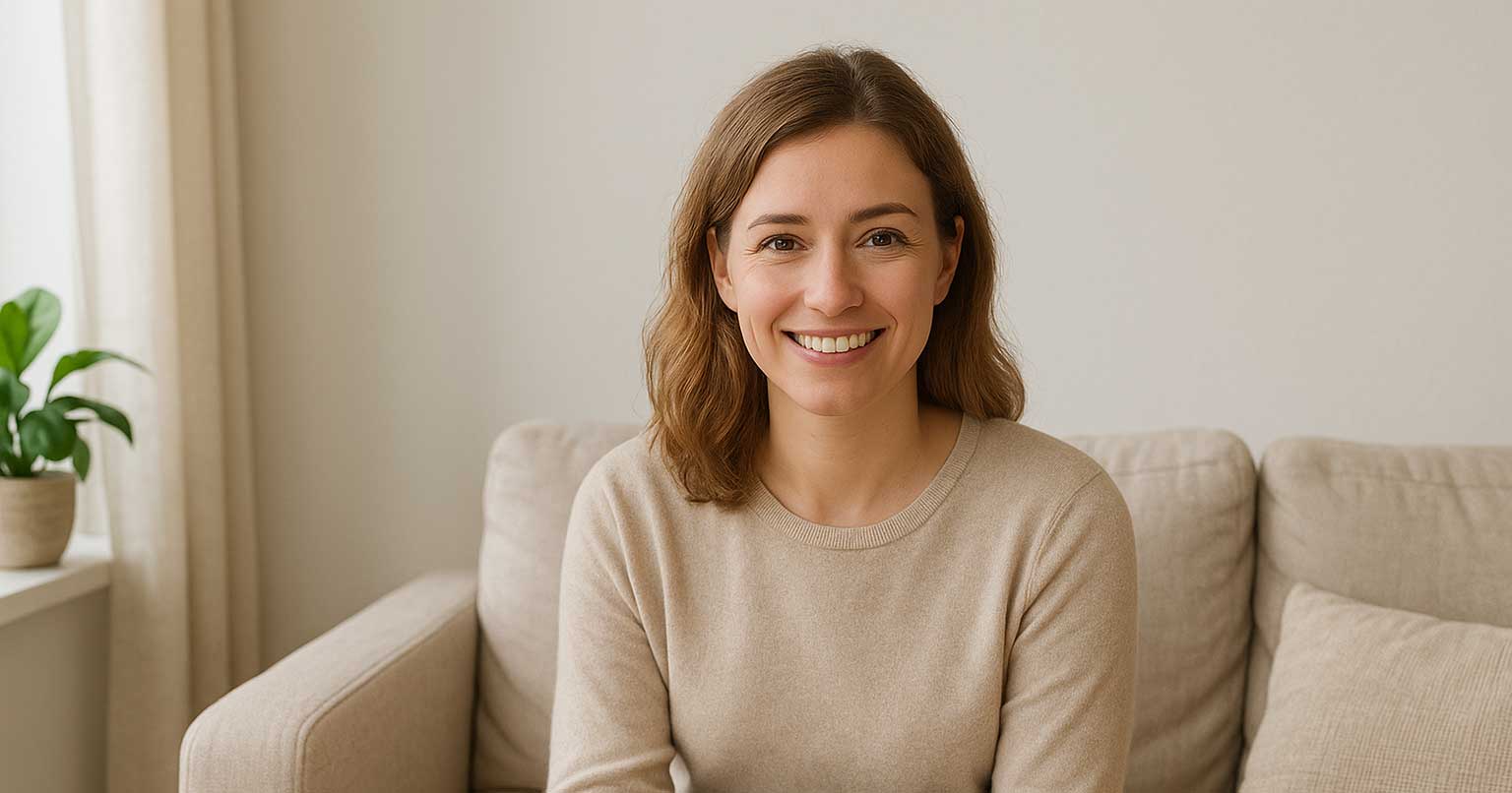Creativity has been valued throughout time for being able to foster and nourish not only the mind but also the body and spirit. Whether artistic creation involves visual arts, music, writing, or movement, self-expression creatively offers a rare opening for catharsis, growth, and general well-being.
This blog will explore the positive connection between mental health and creative expression. This will include the benefits and scientific value in the context of therapy and how you might initiate some of these creative practices toward healthy living for your mind.
Creative Expression and Mental Health
In a nutshell, creative expression provides a channel where bottled-up emotions are allowed to flow. From moments of overwhelming anxiety to times of pure joy, creative outlets offer a way to express oneself, allowing people to give voice to their most private and profound thoughts in ways that go beyond the limits of words.
The Role of Creative Expression in Emotional Well-being
Emotional expression through creativity occurs when people allow emotions to be released during the creative process. This may positively affect emotional well-being through opening up about repressed emotions and self-reflection. Art, music, writing, and dance help people process feelings during a bereavement, such as sadness, anger, or even joy, giving meaning to what can be confusing.
Studies and practices show that people who frequently apply creativity are less stressed, emotionally more stable, and feel relatively peaceful. This can be referred to as a connection between the subconscious and conscious mind, where, without much strife, one can try to describe things, such as what is being felt.
In any artistic expression, the right brain is involved and generally thought of as a more emotional and creative part. While this helps people cope better with their emotions, it brings with it a higher self-awareness and emotional strength.
Types of Creative Expression Beneficial for Mental Health
Some forms of creative expression prove helpful when dealing with mental health issues. These activities can be entertaining and provide powerful emotional healing and growth tools.
Visual Arts
Whether painting, drawing, sculpture, or photography, the visual arts are unique mediums for communicating emotions, thoughts, and experiences. The benefit of creativity on mental health is pretty evident in the visual arts world: working with your hands and materials can be like a form of meditation, during which one quiets the mind while creating.
Visual art is an excellent medium for the stressed, anxious, or traumatized individual. Research has now proven that art can have positive effects on mental well-being. What they can create is something tangible and, therefore, a source of pride and a sense of control, both essential factors that can balance the chaos and uncertainty many feel when fighting a battle with their mental health.
Art therapy and mental health therapy are practices applied in many therapeutic environments. Specific structured art therapy allows individuals to express personal issues and emotions in the presence of trained therapists. This increases clients’ opportunities for better coping mechanisms, self-esteem, and the ability to express emotions without judgment.
Music and Dance
Music and dancing are two of the most influential creative expressions among humans. These mediums provide therapeutic benefits, allowing individuals to process their emotions in ways other forms of expression cannot.
Healing through creative expression, such as music or dance, can have very intense effects on mental health. Music brings emotional release to people who have difficulty placing words on their thoughts, thus bringing emotions alive instantly. Active music-making or listening to soothing melodies tends to reduce symptoms of anxiety and depression.
Similar to all else, dance connects the mind and the body. “Moving rhythmically to music releases endorphins, which can improve mood and reduce stress.” Music and dance provide physical and emotional energies, creating a safe space for expressing joy, sadness, or frustration.
Writing and Storytelling
Journaling, creative writing, poetry, and storytelling provide amazing avenues for processing emotions. Writing can be a highly personal act and, thus, can support the most intimate journeys through tough situations, the exploration of inward journeys, and the making of meaning over traumatic events.
However, creative expression through writing heals better. Documenting emotions and experiences helps one go back through those words and reflect on personal growth. Writing is a safe space to put down thoughts that are too hard to speak out loud, and in the process, people gain emotional clarity and relief from stress.
Of course, storytelling may involve fictional characters or personal events in which the person essentially re-lived and relived his memories. Still, writing would ultimately allow for releasing emotions through words with proper organization. Most people, when trying to explore their creative expression and mental health, find that writing gives them a sense of power and control over their experiences.

How Creative Expression Improves Mental Health
More than just emotional expressions, creativity has advantages for mental health itself, as it removes most forms of anxiety and depression. Here are some of the most critical when trying to explore their creative expression and mental health: most people’s ways creativity can improve mental health.
Reducing Anxiety and Depression
One of the more positive ways that creativity reduces anxiety and depression is by reducing symptoms associated with them. Creativity in the arts allows an individual to get out of loops of thought that promote feelings of hopelessness, helplessness, and despair. Creative practices provide a means by which an individual can exercise their mind to focus on the activity at hand rather than fixating on concerns that may seem to fuel anxiety and depression.
Creative expression has been shown to reduce cortisol, the human body’s stress hormone, and increase endorphins, the natural brain chemicals that cause a mood lift. This chemical adjustment is a source of relief and calm regarding the anxiety-reducing feelings that are often found with these disorders.
Boosting Self-Esteem and Confidence
Creativity sometimes goes beyond just an activity, it is a journey of self-discovery and empowerment. The feeling of having “accomplished” the creative project, be it a painting, song, or poem provides the utmost satisfaction and pride in doing something. For someone with low self-esteem or a lack of self-worth, the feeling of achievement in life is very important.
Creative activities help people look at themselves differently after facing trauma or emotional anguish. These actions enable them to come out and create something uniquely personal that reassures them and validates their existence. By this act of creation, they find that they can express themselves meaningfully which will help build up their self-esteem.
Enhancing Cognitive Functioning
Creative pursuits also help improve cognitive functioning. Most research has shown that creativity fosters brain stimulation through the exercise of abilities in solving problems, memory, and even cognitive flexibility.
Creativity forces the brain to form new connections, potentially improving cognitive functioning. This is very helpful for people who are suffering from cognitive loss, stress, or even brain fog as creative expression can provide mental exercise that exercises and sharpens it.
Scientific Evidence Supporting Creative Expression for Mental Health
Scientific studies repeatedly show that creative expression benefits one’s mental health. From art therapy to music therapy, the research says it all could have a positive effect on getting rid of the symptoms of anxiety, depression, and even PTSD.
However, mental health and art therapy have increasingly been recognized as alternatives for treatment. Scientists found that the activity in art directs participants to process complicated emotions, develop emotional regulation skills, and improve self-esteem. Music therapy has also been established to lowered levels of anxiety and stress, improve mood, and elevate states of positive emotions.
Studies have also demonstrated that creative expression fosters brain plasticity, the brain’s ability to adapt and form new connections. This adaptability can improve mental flexibility, resilience, and coping skills, all contributing to healing through creative expression.
Practical Tips for Incorporating Creativity into Daily Life
If you’re looking to reap the benefits of creativity for mental health, here are some practical tips for incorporating creative practices into your daily life:
Set Aside Time for Creativity | Schedule a little creativity in your schedule whether it is 15 minutes every day or one hour every week. After all, you don’t have to become an artist, but you can just draw, start journaling, or begin listening to music regularly. |
Create Without Judgment | Commit to making things without concern for the end result. It is more about the journey than the destination. Experiment with various forms of creative expression and practice embracing imperfection. |
| Join a Creative Group or Workshop | Join group art projects or any workshop related to the creative field. Being part of an art class or a writing group would just do the job. Sharing creativity would heighten your experience and help you find good relations with your fellow artists. |
| Use Creativity as a Form of Mindfulness | Engage in mindful creative activities such as coloring or painting. The act encourages focus and presence, removes your stress, and relaxes you into the creative process. |
How Creative Expression Can Transform Your Mental Health
Creative expression and mental health are inextricably linked. Creativity offers an essential tool for emotional release, personal growth, and overall well-being, whether through visual arts, music, writing, or movement. By embracing the benefits of creativity for mental health, you can tap into a powerful resource that promotes healing, emotional balance, and mental resilience. Whether through therapy or personal practice, healing through creative expression can lead to profound emotional transformation, helping you connect with yourself and others meaningfully.

Ready to discover the healing power of creativity and reclaim your mental well-being? Our Intensive Outpatient Program (IOP) and Partial Hospitalization Program (PHP) programs integrate therapeutic approaches that encourage emotional expression and growth. Reach out and learn how our specialized care can guide you toward a fulfilling and mentally resilient future.
All calls are 100% free and confidential.
Frequently Asked Questions
- How does creative expression help with emotional healing?
Creative expression helps by offering a safe outlet to process and release emotions. Whether through art, music, or writing, these activities allow individuals to work through complex feelings in a way that verbal expression sometimes cannot achieve.
- Can creative expression improve anxiety and depression?
Yes, creative expression helps reduce anxiety and depression by lowering stress levels, promoting emotional regulation, and enhancing self-esteem. It offers a powerful way to break free from negative thought patterns and improve mood.
- Is art therapy only for people with severe mental health conditions?
No, art therapy can benefit anyone, regardless of the severity of their mental health. It’s an accessible, creative outlet for people looking to reduce stress, express emotions, and improve overall well-being.
- How often should I practice creative expression to see mental health benefits?
You don’t need to practice creativity for hours daily to see benefits. Even small, regular creative activities can help boost mood, reduce stress, and improve mental health. Start with a few minutes each day and gradually build from there.
- Can creativity help with self-esteem?
Yes, engaging in creative activities can boost self-esteem by fostering a sense of accomplishment, increasing self-awareness, and allowing for emotional release and growth. Completing a creative project can help individuals feel more confident and capable.










